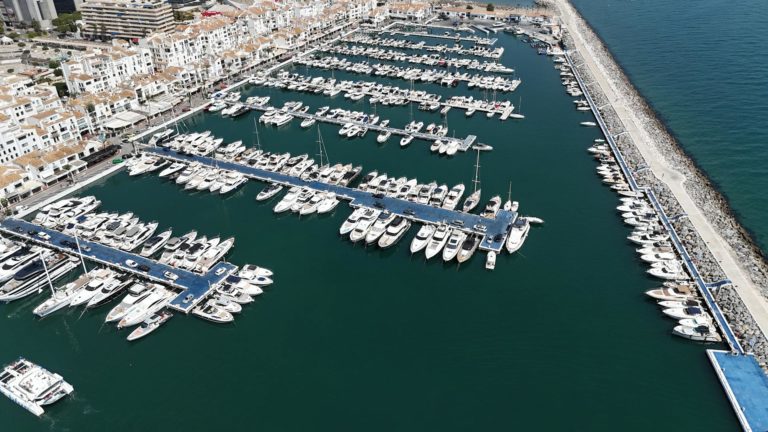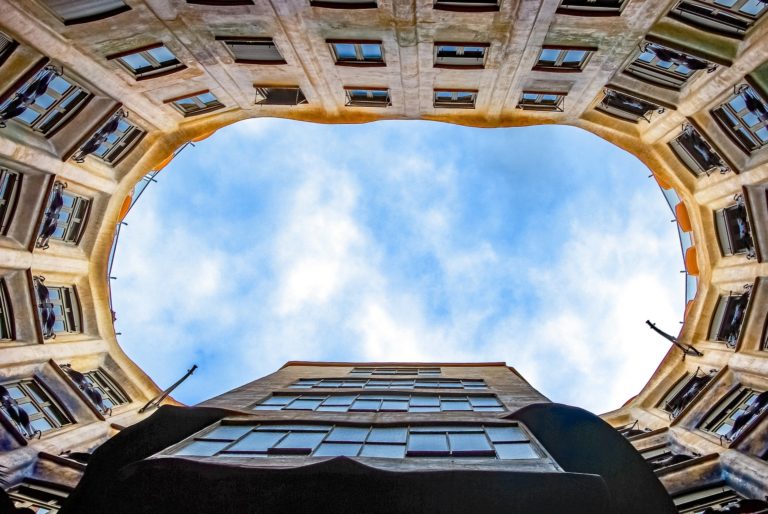In the modern era, landscape architecture for resorts goes far beyond placement of greenery and technical calculations. It is a strategic field whose constant focus is the guest experience. This means that its considerations are far more broad than simple aesthetics, and that site planning is a fundamental part of the work that must be undertaken.
Site planning incudes identifying a site’s best opportunities for new buildings, roads, and amenities. Its goal is to find the “best fit” development for the site, one that limits disturbance, maximises landscape character, and creates synergies between resort components. It also includes a conscious effort to preserve meaningful open space, featuring unique topography, native vegetation, drainage, places of best sun, and cultural elements.
Our expert consultant on the topic of landscape architecture and site planning is Steve Garbier, Lead Design Principal of iPlace International Place Design. His company is specialized in master planning and designing concept, schematic, and development landscapes, and has carried out projects for numerous large-scale developments all over the world.
Early in the process of resort development it is important to work at a diagrammatic level to establish a landscape architecture vision, and once this has been established, efforts can shift into the more detailed tasks of resort design. These must reinforce the big vision, including grading, circulation, paving, planting and lighting.
As aforementioned, the guest experience must inform every aspect of planning and design. A resort destination’s views, often one of the site’s signature features, must be leveraged to maximum advantage while still maintaining guest privacy. A gracious front-door guest arrival sequence should be shaped for beauty, practicality, and individuality. Best sun orientation must be utilized for buildings and site elements, and amenities positioned for convenient guest access.
These days, there are also a number of interesting trends in resort design that are informing new project development:
Increasing site connectivity
The creation of a network of walks, trails, bike ways and cart paths has become a priority. These offer guests a range of movement experiences, from intense fitness runs to leisurely strolls, on gracefully-designed routes. This network ought not to be an afterthought but a primary resort experience of interconnected paths, accented with shade, lookout points, seating and meeting places. Circulation networks like these connect guests to the best destinations within a resort.
Trend toward the natural
There is a recognition that aesthetic tastes are moving away from the fanciful or ostentatious and toward the natural. We see this trend in much resort landscape design, with greater use of native plants in relaxed, mixed layouts, and favouring vine-covered “living fences” and interior “living walls” covered in thriving green plant modules. These examples and many others illustrate the desire for innovative ways to integrate nature with built facilities.
Embracing local culture
Guests are looking for genuine experiences of “place and culture” in addition to the usual tourism offerings of sun, sand and sea. In truly sustainable resorts, cultural experiences include emphasis on local foods, fabrics, flowers, landscape colors and historic architecture. For example, fields of working agriculture might replace purely decorative landscaping, and working irrigation ponds might be used as kayaking and canoe courses. On-site vegetable and fruit gardens can supply fresh, local ingredients for “farm-to-table” restaurants. In more ambitious efforts, a resort may work with a nearby village to renovate its historic fabric into a cultural destination. Resorts can become gateways to local culture.
Transformation of children’s entertainment
Innovative and beautiful new children’s play areas are being designed and implemented in all types of settings around the world, transforming the image of play and adding value to neighborhoods, parks and urban centers. These new play areas bring stunning color and inventive, sculptural play forms to the visual landscape. They also provide inviting, shaded places for parents to relax and observe. We see these imaginative play facilities, in the resort setting, not as day-care facilities, but as attractive resort amenities that enrich the resort’s open spaces for all.
Indoor to outdoor migration
One trend of our living with the pandemic is the feeling of safety in time spent outdoors. Multi-generational users are looking for exterior spaces with traditional outdoor elements like gardens and pools, but now are also looking to add ovens, grilles, game-tables and TVs: the comforts of indoors, outdoors. Trending design expression is natural and eco-friendly: edible gardens; native plants and flowers that attract birds and pollinators; small swimming pools that minimize paving and maximize lush green surroundings; and low-level, subtle landscape lighting for a dark sky effect. These trends are but a few of the more recent shifts in landscape architecture and planning, but they grow from a fundamental understanding that resorts must be integrated into their surroundings, not distance themselves from them. This is true at both the macro and micro levels, with an increasing focus on guests’ experiences being organic and authentic. When site planning is incorporated fully into the resort management and development process, it results in parts that work smoothly as a whole.



